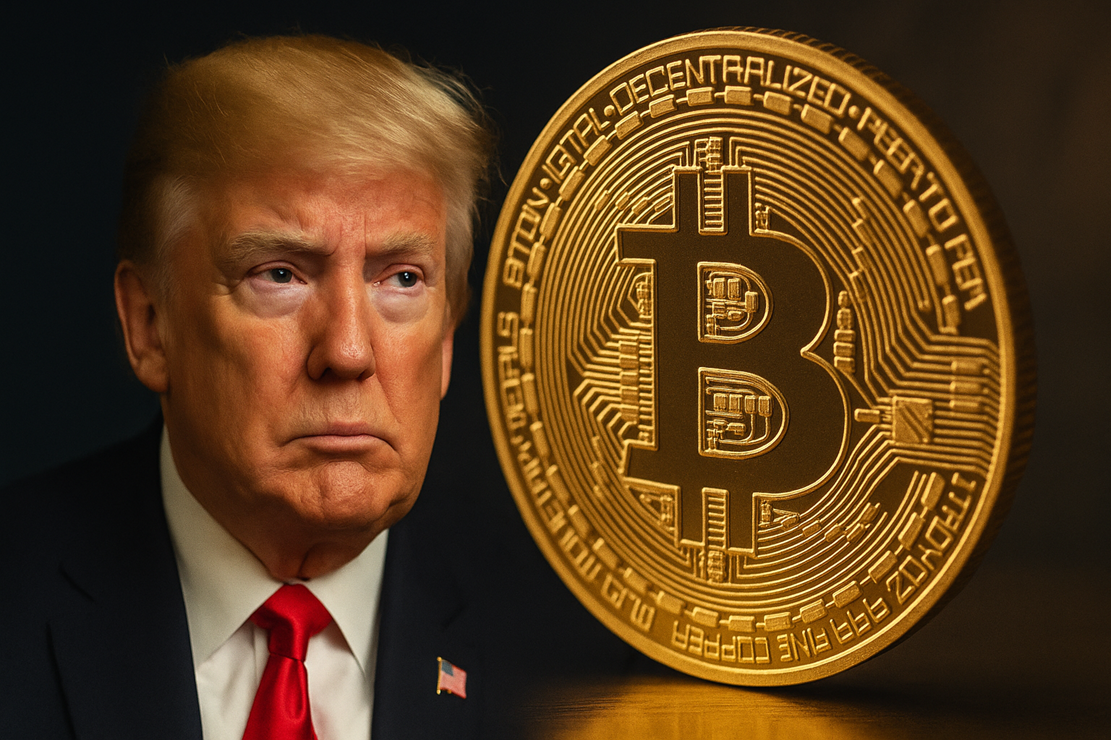U.S. Secures Trade Deals Across S-East Asia, Reaches Framework Trade Deal with China As Trump, Xi Set for High-Stakes Meeting


Top economic officials from the United States and China have agreed on a framework for a new trade agreement, signaling a possible easing of tensions between the world’s two largest economies ahead of a highly anticipated meeting between President Donald Trump and Chinese President Xi Jinping.
The agreement, reached on the sidelines of the ASEAN Summit in Kuala Lumpur, marks the fifth round of in-person discussions between both sides since May. U.S. Treasury Secretary Scott Bessent and Trade Representative Jamieson Greer met with Chinese Vice Premier He Lifeng and top negotiator Li Chenggang to finalize key components of the deal.
“I think we have a very successful framework for the leaders to discuss on Thursday,” Bessent told reporters, confirming that the upcoming Trump–Xi talks would aim to finalize the deal.
Register for Tekedia Mini-MBA edition 19 (Feb 9 – May 2, 2026): big discounts for early bird.
Tekedia AI in Business Masterclass opens registrations.
Join Tekedia Capital Syndicate and co-invest in great global startups.
Register for Tekedia AI Lab: From Technical Design to Deployment (begins Nov 15th).
Framework Aims to Defer Tariffs and Ease Export Curbs
Bessent told NBC’s Meet the Press that the framework would defer China’s expanded export controls on rare earth minerals and magnets while also avoiding a new 100% U.S. tariff on Chinese goods threatened by Trump.
According to the U.S. Treasury Secretary, the deal would include commitments on soybean and agricultural purchases from American farmers, more balanced trade flows, and steps toward resolving the U.S. fentanyl crisis, which was the basis of Washington’s earlier 20% tariffs on Chinese goods.
Chinese negotiator Li Chenggang said both sides had reached a “preliminary consensus” and would now move through internal approval processes.

“The U.S. position has been tough,” Li admitted. “We have experienced very intense consultations and engaged in constructive exchanges in exploring solutions and arrangements to address these concerns.”
President Trump, who arrived in Malaysia on Sunday at the start of a five-day Asia tour, struck an optimistic tone.
“I think we’re going to have a deal with China,” he said. The tour will culminate in a face-to-face meeting with Xi in South Korea on October 30.

The negotiations come as both sides race to prevent an escalation of their trade war, with the current trade truce set to expire on November 10. Trump has threatened to reimpose sweeping 100% tariffs on Chinese goods starting November 1 if no agreement is reached, in retaliation for Beijing’s recent export curbs on rare earths.
Under the current truce, both countries rolled back triple-digit tariffs on each other’s goods earlier this year following a Geneva agreement in May, which was later extended in August.
Officials confirmed that discussions covered a broad range of issues, including trade expansion, fentanyl controls, port entrance fees, rare earth exports, and TikTok’s data policies.
Bessent said the trade truce could be extended, pending the president’s decision, marking what would be the second extension since May.
“These are very substantial negotiations,” he added.
Trump’s Talking Points: Taiwan, Hong Kong, and Russia
While the White House has confirmed the Trump–Xi meeting, Beijing has yet to officially announce it. On the sidelines of the ASEAN summit, Trump hinted at future meetings in both China and the United States, possibly in Washington or Mar-a-Lago.
Among Trump’s talking points for the Xi meeting are China’s purchases of U.S. soybeans, the status of Taiwan, and the release of Hong Kong media tycoon Jimmy Lai, who remains imprisoned for pro-democracy activism. The case has drawn international condemnation as a symbol of Beijing’s crackdown on dissent in Hong Kong.
Trump also said he would seek China’s cooperation on Washington’s dealings with Russia, as the war in Ukraine drags on, underscoring Beijing’s growing geopolitical influence.
Despite the framework agreement, tensions remain fragile. China’s expanded controls on rare earth exports — critical for manufacturing semiconductors, electric vehicles, and defense technologies — have triggered global shortages. In response, the Trump administration has considered restricting software-powered exports to China, ranging from laptops to jet engines, according to Reuters.
Washington’s strategy now involves diversifying critical minerals supply chains and reducing dependence on Chinese refining and processing.
U.S. Signs New Trade Deals Across Southeast Asia
In a separate development, President Trump signed a series of reciprocal trade and minerals cooperation deals with four Southeast Asian nations — Malaysia, Cambodia, Thailand, and Vietnam — during the Kuala Lumpur summit. The agreements aim to rebalance trade, eliminate tariff barriers, and expand access to critical minerals vital to U.S. industries.
Under the new deals, Washington will maintain a 19% tariff on exports from Malaysia, Cambodia, and Thailand, which will gradually fall to zero for select products. A similar framework was reached with Vietnam, currently facing a 20% tariff on its exports to the U.S.
Vietnam, which recorded a $123 billion trade surplus with the U.S. last year, has pledged to boost imports of U.S. goods, especially agricultural and energy products, to reduce its trade imbalance.
Malaysia’s Rare Earth Pledge and Trade Incentives
Malaysia, which holds an estimated 16.1 million tonnes of rare earth deposits, agreed to refrain from banning or imposing quotas on exports of critical minerals or rare earth elements to the U.S.
The joint statement did not specify whether the pledge applied to raw or processed materials. Malaysia has maintained a ban on raw rare earth exports to protect domestic resources while promoting its downstream refining sector.
Malaysian Trade Minister Tengku Zafrul Aziz said the country had secured tariff exemptions for aerospace and pharmaceutical exports, alongside key commodities such as palm oil, cacao, and rubber. He also noted streamlined halal certification processes for U.S. cosmetics and pharmaceutical goods.
Thailand and Vietnam Secure Major U.S. Trade Wins
Thailand announced it would eliminate tariffs on 99% of U.S. goods and ease foreign ownership restrictions in telecommunications, while committing to purchase 80 U.S. aircraft worth $18.8 billion and energy products totaling $5.4 billion annually.
In addition, Thailand will buy agricultural products, including feed corn and soybean meal, worth about $2.6 billion per year.
Vietnam, meanwhile, will participate in a framework that supports digital trade, labour rights, and environmental standards, signaling closer economic cooperation with Washington amid broader Indo-Pacific supply chain realignments.
A Balancing Act Between Diplomacy and Economics
The U.S.-China framework deal and Washington’s flurry of new trade agreements in Southeast Asia underpin a delicate balancing act — one that mixes geoeconomic strategy with diplomatic outreach.
While Trump’s administration seeks to secure concessions from Beijing on tariffs and export curbs, it is simultaneously building economic partnerships across ASEAN to counter China’s dominance in regional trade.
The coming Trump–Xi summit in South Korea may determine whether this fragile détente evolves into a sustainable trade peace — or collapses into yet another round of retaliatory tariffs that could reverberate across global markets already strained by inflation and supply disruptions.





